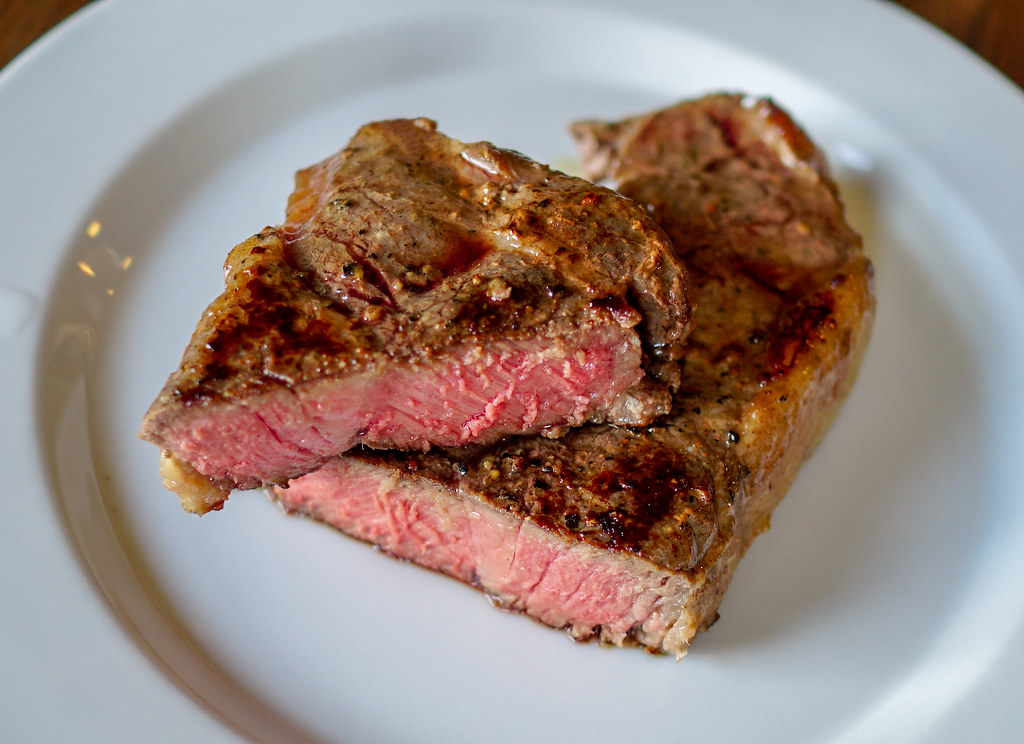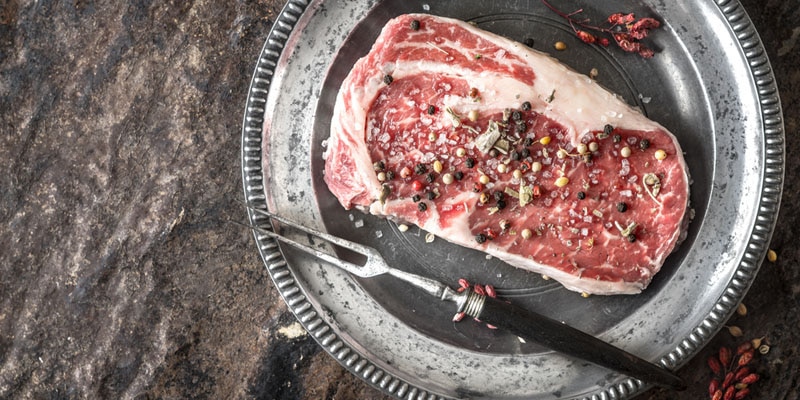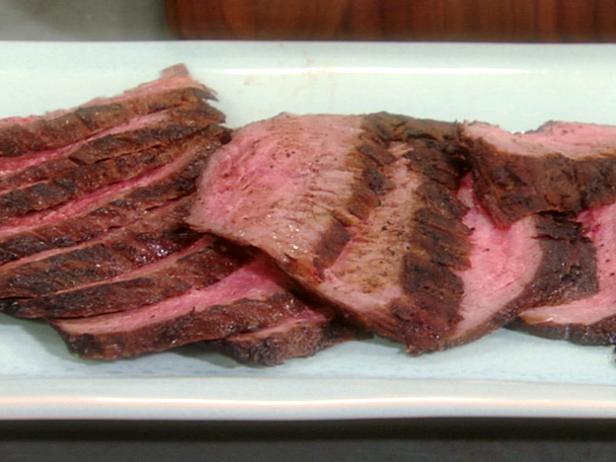
You want to learn how to grill a thick steak perfectly, but you don't know how to go about it. Perhaps you don't know how to properly grill steaks if you haven't tried it before. The first step in preparing the steak is to cook it. Make sure it's well-marinated. Add olive oil, black or roasted peppers, and kosher seasoning to the meat. You can also use canola oil.
Great grill marks is an important part of grilling thick steaks. Caramelization is when protein in meat browns when it is grilled at about 45 degrees. Flip the steak 90 degrees for perfect grill marks. While it is best to leave the bone in your steak, you have complete control over how much. This will give you a perfectly seared exterior and juicy interior. To achieve the perfect grill marks on your steak, cook it for 5 minutes per side.

When you've done your steak, let it rest. A steak is most tender when it is at room temperature. It's better to let it sit in the refrigerator for a while so it doesn't get overcooked. Cook it longer to get the perfect seared steak. Remember that grilling can result in losing the tenderness.
A thick steak can be difficult to cook properly if it isn't pre-marinated. Using a meat thermometer will make it harder to grill. It is better to test the steak by feeling it around your thumb. Afterwards, flip the steak and repeat the process until the desired consistency is achieved.
Prepare the ingredients prior to grilling. You'll need black pepper and kosher salt. If your steaks are thicker, you can also use a thermometer. Even if your steak is very thin, it's still important to use the meat thermometer. The perfect steak is made by keeping track of the meat's temperature. This crucial step is not to be overlooked.

If you grill thick steaks, it's important to remember that the steak's thickness can impact the cooking time. Marinating your meat before grilling will ensure the best results. You should marinate your meat at least for one day if you are a beginner. Cooking a thick steak takes longer than cooking a thinner cut. You should allow the steak to rest for 5 minutes before slicing.
Also, you should know the thickness and weight of your steak. A thicker piece will take longer to cook than one with a smaller thickness. It's best to use a steak thermometer so you can check it frequently. Also, let the steak rest at least five minutes before slicing it. This will ensure that it doesn't become cold. A medium-rare steak is ideal. If it is too thick, it will take longer to cook.
FAQ
What are the benefits to using a slow cooker
Slow cookers allow you to make delicious meals with minimal effort. Slow cooker recipes often have a lower oil and fat content than traditional recipes. Slow cooker recipes are also convenient as they can take care of themselves while your sleep.
What skills are required to enter a culinary school?
To become a chef, you must be able to cook well, work under pressure, and understand food safety regulations. You should enroll in cooking classes at local community colleges or high schools to learn how to cook. After mastering the basics, you'll be able to apply for a job at a catering or restaurant.
How much does a culinary school cost?
The costs of culinary school can vary depending on where and how long it takes. Tuition costs range from $10,000 to $30,000. Most students graduate with about $20,000 in debt. There are some programs that offer grants and scholarships as well as work-study options.
Statistics
- The median pay for a chef or head cook is $53,380 per year or $25.66/hour, according to the U.S. Bureau of Labor Statistics (BLS). (learnhowtobecome.org)
- On average, chefs earn $58,740 a year, according to the BLS. - learnhowtobecome.org
- You'll be amazed that over 90% of CIA students receive scholarships and grants to finish their culinary studies. (ischoolconnect.com)
External Links
How To
How to make a perfect eggroll
Omelets have always been a favourite food to eat for breakfast. But how do you make them perfectly? There are many recipes and methods I tried, but none worked. Today, I'd like to share some tips with you in order to make delicious and fluffy omelets every day.
Before we start making omelets, let's remember that eggs are temperamental. It is important that eggs are fresh from an organic market and kept cool until used. They must be kept cool, otherwise the whites will not form properly and the yolks may become runny. This will make your omelets appear strangely colored. If you plan to cook the eggs right away, it is best to use room temperature eggs.
You might also try separating the egg before adding to the pan. Because this could cause your omelet to become curdled, you don't want any yolk to be mixed with any white.
If you add the egg directly onto the stovetop, you might end up burning the bottom part of the egg, which would ruin the texture of your omelet. Instead, heat the egg for 10 seconds in the microwave before placing it in the pan. The microwave heat is sufficient to cook the egg without overcooking.
Next, let's discuss mixing the eggs. When you mix eggs together, you want to beat them well. You can do this by turning the bowl of your mixer upside down. Next, shake the bowl vigorously. By doing this, the egg is thoroughly mixed with the air in the bowl.
The fun part is now - adding the milk to the mixture. The first step is to pour half of the milk in the beaten eggs. Next, fold the eggs into the remaining milk. Do not be alarmed if there are still egg streaks visible. Once the omelet flips, these streaks will disappear.
After folding the eggs fold the pan onto medium heat. When the oil starts to hot, wait for the pan to cook. Once the oil starts getting hot, add 1/4 cup of butter to the pan and swirl it around to coat the entire surface of the pan. Now carefully crack open the lid of the pan and sprinkle salt into the pan. The salt will help to prevent the omelet's sticking to the pan.
Cover the pan once you have formed the omelet. Wait for the top to set. Flip the omelet over using a spatula or flip the pan upside down. Cook the other half for another minute. Remove the omelet from the pan and serve immediately.
This recipe works best when you use whole milk.